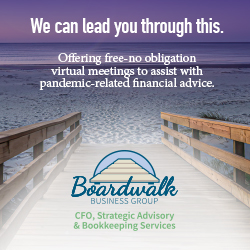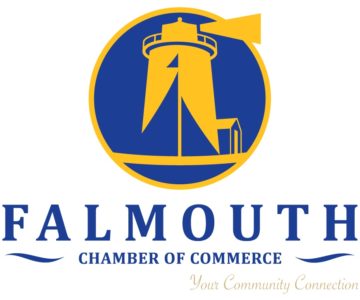By Brian Weiner
Most of us in the fund-raising community already know that more than two-thirds of all giving comes through direct response, primarily direct mail. The more creative the program, the better it is at producing upward donor growth. Accordingly, while direct-response programs rely on a one-to-many approach in order to maximize all of the donor touchpoints in a multichannel fund-raising strategy, far too many nonprofits connect with mid-level donors using something as rudimentary as an enhanced direct response program.
Fundraisers working to build a mid-level appeal program need to understand that committed, mid-level donors require less appeals and more communication about their gift’s impact and stewardship. Correspondingly, mid-level donor programs should have their own marketing and communication annual calendar, and in most cases, those occur in the May and October windows.
To achieve the desired success with mid-level donors, consider:
- Identifying donors who have the capacity and propensity (ability and willingness) to give. The top priority for messaging to mid-level donors should not focus on short-term revenue gain. Rather, the primary goal is to move donors into a more committed relationship and to also identify those who are able and willing to make transformational gifts.
- Cultivate a dialogue with mid-level donors. Understand individual donor intentions. The adopted strategy or program must have a dialogue-based component to enable the donor to engage in a two-way conversation with your organization. This requires investment in specialized marketing and communication calendars, multi-channel communication and asking donors for feedback.
- Bridge your mid-level donors to a more personal relationship with your organization. Ultimately, mid-level programs exist to move donors into a one-to-one relationship with a gift officer to foster transformational gifts. A successful mid-level program requires an investment in professional staff to steward the donors in a manner appropriate for the gift level as well as a desire to listen to the donor group and make them feel like your “insiders.”
Key items to remember in creating a mid-level strategy:
- People give to people—not organizations, fund-raising programs or email machines. The “sender” of your communications, whether it’s one person or several, has a great effect on the success of your fundraising. People want to be communicated with, not marketed to; they want to make a connection with the sender.
- Address your donors by name.Studies have shown that one-third of organizations do not address their mid-level donors by their preferred name. If a donor just gave between $1,000 and $5,000 to your cause, you should be letting him or her know that your organization appreciates his/her gift. Deep and unique donor-directed personalization can generate massive increases in conversion rates.
- The Two Most Powerful Words to Share with your Donors: Thank You! Most organizations do not thank donors nearly enough. We suggest the well-supported “three thank you” rule: give them a call, send them a personal email and absolutely send them a personal letter. When you let your donors know you are grateful for their gifts, your appreciation will likely help you to secure a more generous second gift…and may also create a vocal opinion leader of your organization in the process.
A strong mid-level program often builds a stronger major donor program. Cultivate wisely and spend time getting to know these donors who have often grown as givers within your organization and are starting to build a real relationship with your organization.
If you spend time identifying who is in this group and engage them once they’ve given, you’ll likely find some people who may be ready to invest even more.
Brian Weiner is Vice President of Digital Solutions at CFS Inc. He can be reached at
774-251-2170 or brian@cfsinc.com.























